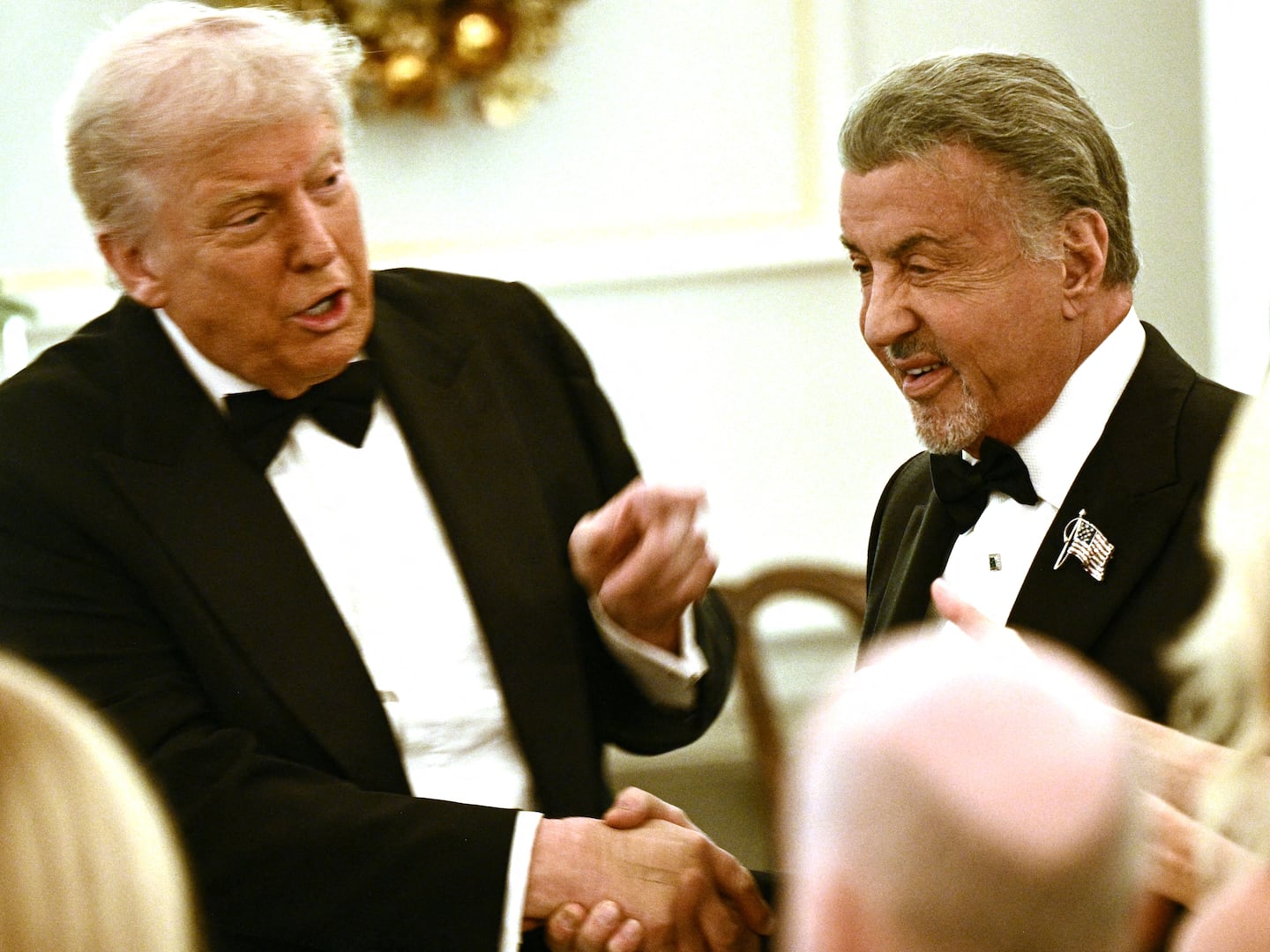“This is a pattern of behavior we’ve seen out of the North Koreans many times,” Dan Pfeiffer, a senior White House adviser, said Sunday on ABC’s This Week.

There is, from year to year, a sameness to the dire threats from Pyongyang. The assumption, therefore, is that this North Korean crisis, like ones in the past, will be contained. This time, however, it might not be so easy to wind down the crisis. The North Koreans appear determined to provoke South Korea again, and the South Koreans, for the first time in years, are now primed to strike back and even the score for Pyongyang’s deadly attacks in the past.
Kim Il-sung and Kim Jong-il, the first two leaders of the Democratic People’s Republic of Korea, built a regime whose legitimacy was based in large part on committing acts of violence against foreigners. So from time to time, they killed Americans and South Koreans.
In March 2010 a North Korean submarine, without cause, torpedoed the Cheonan, a South Korean frigate. Forty-six sailors died. Seoul did not retaliate. Then, in November of that year, the North shelled Yeonpyeong Island, resulting in four deaths, two of them civilian. The South Korean military fired a few shells with no apparent effect.
In 2010, as in the past, the Pyongyang regime somehow managed to avoid retaliation. As David Maxwell, a Korea military analyst, has noted, “North Korea has gotten away with murder—literally—for decades, and the South Korean and American forces have rarely responded with decisive military action.”
It is now said that the first two Kims could avoid consequences for their murderous acts because they “knew where the line was.” Perhaps they did, but they were fortunate that the United States and South Korea believed it to be in their interest to exercise restraint.
Washington and Seoul exercised that restraint because they were terrified by the prospect of a renewal of fighting on the Korean peninsula, and that created space for Kim Il-sung and Kim Jong-il to act as they pleased. “Whenever peace—conceived as the avoidance of war—has been the primary objective of a power or a group of powers, the international system has been at the mercy of the most ruthless member of the international community,” Henry Kissinger wrote in A World Restored: Metternich, Castlereagh, and the Problems of Peace, 1812–22. North Korea, in many ways the international community’s most ruthless member, had both Washington and Seoul at its mercy. The Kims, therefore, could—and did—act with impunity.
Today the concern in Washington is that South Korea no longer sees peace as its “primary objective.” Instead the South’s flag officers want to stop the cycle of deadly assaults from the North. And to do that, they realize, they must create a deterrent by letting Pyongyang know they will retaliate against attacks.

To create that deterrent, Washington on March 25 announced the signing of a “South Korean–led, U.S.-supported” defense pact to counter hostile acts. Seoul and Washington think that reducing the “combined counterprovocation plan” to paper will help contain Pyongyang. The idea is that the U.S., by vowing to retaliate against even small provocations, will stop the North Koreans from striking.
Despite the agreement, Seoul and Washington disagree on the extent of retaliation. Not surprisingly, the Americans think measured responses can prevent a crisis from spiraling out of control. “These responses have to be proportional,” Maxwell told The New York Times. “They have to be delivered decisively, at the time and at the point of provocation.” The South Koreans, on the other hand, believe in overwhelming responses, going after, for instance, North Korean commanders.
The American approach sounds responsible, but why would the North Koreans be deterred if they knew beforehand that punishment will be limited? So a doctrine of limited retaliation may tempt Pyongyang to kill again.
At the moment, Washington and Seoul are still working out what to do. The counterprovocation plan calls for consultation at the highest political levels in the event of an attack from North Korea. Park Geun-hye, the South’s new president, has a better idea, however. “The reason for the military’s existence is to protect the country and the people from threats,” she said on the first of this month. “If any provocations happen against our people and our country, it should respond powerfully in the early stage without having any political considerations.”
Up to now, “political considerations” have prevented the South Korean military from retaliating against the Kim regime for deadly assaults. For many reasons, Park cannot afford to appear weak like her predecessor, Lee Myung-bak, who did essentially nothing after the deaths of 50 South Koreans in 2010. Park, therefore, is reflecting growing frustration and cannot afford to exercise Lee’s caution. And that is a good thing. Caution has been undermining deterrence on the Korean peninsula.
At the same time deterrence is failing, South Korea is losing confidence in America. In a poll released in February by a private think tank in Seoul, a stunning 66 percent of its people said they wanted their country to develop nuclear weapons to deter the North. Just 48 percent of the population last year believed America would use nukes to retaliate against a North Korean nuclear strike against them. That is down 7 percent from the previous year.
Because South Koreans doubt Washington’s resolve, it’s probable that Pyongyang doubts America too. The North Koreans have never abandoned their goal of taking over the South, they are conspicuously talking war these days, and they arrogantly think they can push the U.S. out of Asia.
The increasingly harsh rhetoric from North Korea—plus the recent deployment of two mobile missiles and the closing down of the Kaesong industrial complex—indicates that deterrence is not working. Yes, Dan Pfeiffer is right that the Kim regime is repeating past patterns of behavior, but it is doing so at a particularly dangerous moment, when it appears to be unafraid—and when South Koreans want revenge.






